Pica in Cats: Causes, Symptoms & Treatment
07.07.2022.
Did you notice your cat has unusual carvings? Have you ever seen your cat eating non-edible materials such as paper, wood, plastic, or wool….? Is it something to be concerned about? This issue can affect all cats, but why does it happen? Stay with us and find out what causes pica in cats, what are the symptoms, and how to help your cat.
What is Pica syndrome?
Feline pica syndrome refers to a behavioral condition when a cat obsessively eats non-edible things with no nutritional value, such as paper, wood, plastic, fabric, soil, electric cables in your home, and even houseplants. It usually appears in younger cats, but it is common in cats of all ages. Some studies have shown that Oriental types, such as Burmese, Siamese, and Tonkinese, are more frequently affected by pica. Although it seems funny and harmless, this condition can cause serious health problems such as constipation, poisoning, pancreatitis, oral wounds, and dental diseases.
What causes pica in cats?
The leading cause of pica syndrome in cats and its etiology is still unknown. There are many predispositions for such behavior. The most common reason why young cats develop a habit of sucking various items is that they are weaned too early (before 12 weeks old). In older cats, causes may include diseases, genetics, behavioral disorder, and dietary insufficiencies.
Main causes for pica in cats:
- Medical disorders: anemia, diabetes, feline leukemia, feline immunodeficiency virus, hyperthyroidism, dental diseases
- Genetics: Siamese, Burmese, and other oriental types
- Behavioral disorder: anxiety, stress, boredom, need for attention
- Dietary insufficiencies: vitamin or mineral deficiency, hunger, lack of fiber
RELATED: 13 Ways To Show Your Cat You Love Them
Symptoms of Pica
The only actual sign of pica in cats is the consumption of non-edible things. It also includes licking or chewing, not just eating such items. What is more important is how this affects the organism. So your cat can show signs usually from gastrointestinal systems such as lack of appetite, vomiting, constipation, or more serious ones like plant poisoning. If you see your cat eating something or start vomiting and notice non-food items, you should definitely see your vet.
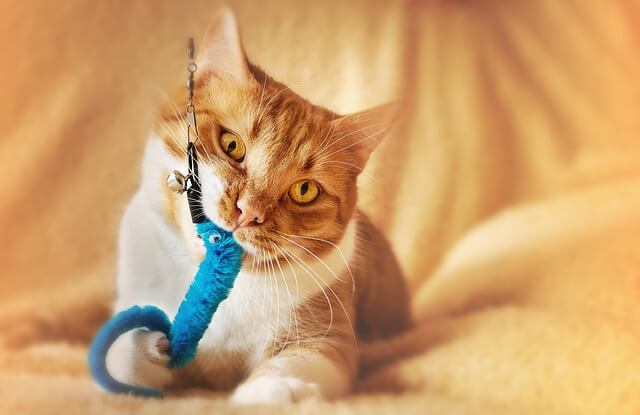
Can kittens get pica?
Pica is very common in early ages, around 3 months old. Some studies show that it's right around the time when kittens go to new homes, mainly caused to stress. Also, one of the reasons why kittens start eating or sucking things is that they are weaned too early. Many cats outgrow pica syndrome until the age of two.
RELATED: Why Do Cats Purr? What Do Purrs Mean?
How can I help my cat?
First, treat the main medical problem if there is one (such as eating litter in cats with anemia). If the main problem is boredom, you should enrich your cat environment with safe chew or interactive toys, cat grass, or hiding treats so your cat can hunt them while you are not at home - remember - cats need socialization. Sometimes, your vet will prescribe some medications (ex., clonipramine or cyproheptadine) or food supplements (vitamins and minerals). If you have a cat diagnosed with pica, choose better and healthier food.
When to see a vet?
Non-edible items can cause vomiting because the organism cannot digest them. Probably the reason can be seen in vomit. Also, vomiting can be a symptom of serious disorders caused by pica, such as intestinal blockage. Lack of appetite can indicate that there may be serious problems, for example, a full belly with non-food items. Behavior change in cats usually indicates an underlying health issue. So if you suspect a medical problem, you should definitely start to consult with your vet. The vet will take anamnesis and some laboratory blood tests or x-rays if he suspects pica.
RELATED: 3 Main Reasons Why Cats Eat Grass
How to prevent pica in cats?
Pica is a behavioral condition that usually comes from boredom. Cats are social beings; they need socialization, bonding, and playing with their owners. Here are some examples of how to keep your cat distracted while you are not at home and how to make a special bond with your cat:
- Enrich your cat's environment
- Buy your cat balanced healthy food (fiber, carbohydrates, fat, vitamins, essential amino acids)
- Pick up anything that the cat should not be eating
- Use some catnip and cat grass
- Play with your cat
- Try not weaned kittens under the age of 12 weeks
- Pick safe chew toys
- Find helpful advice to curb the behavior of eating non-edible things
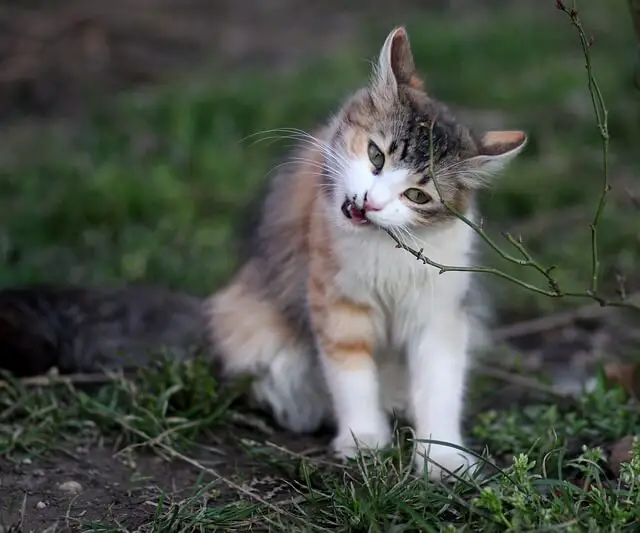
Recovery
To make a long story short, prognosis depends on clinical signs. Some cats will grow and stop this behavior. Other cats need treatment. Some gastrointestinal disorders caused by pica should be treated surgically. Paying close attention to a cat's eating habits is very important. If you notice that your cat won't eat or she starts to vomit, you should take her to the vet. Prevention is halfway to a good prognosis.
RELATED: 6 Reasons Why Cats Hate Water
Example from veterinary practice
Patient: male, Siamese, 4 years old, Tobby
- The owner often saw him chewing phone charges and eating paper
- Tobby started vomiting for a few days and didn't want to eat
- Blood tests result from increased creatine kinase and dehydration
- Xrays showed dilatated intestines filled with fluid and gas and a pattern that indicated a foreign body
- Tobby had surgery- the foreign body was eliminated via enterotomy incision
- Tobby recovered well from surgery
- His habit of eating everything is now managed well
Conclusion
Pica in cats is an obsessive behavioral condition in which a cat eats objects without nutritional value. Oriental breeds are more predisposed. It is more common in young kittens at the age of three, but it can develop in older cats too. Eating objects can lead to gastrointestinal problems, which can cause veterinary costs. It can be prevented by enriching the cat's environment and removing all objects your cat can chew and swallow. Clinical signs and prognosis depend on objects and frequency of licking, chewing, and eating, but it can be well controlled.
World Cat Finder Team

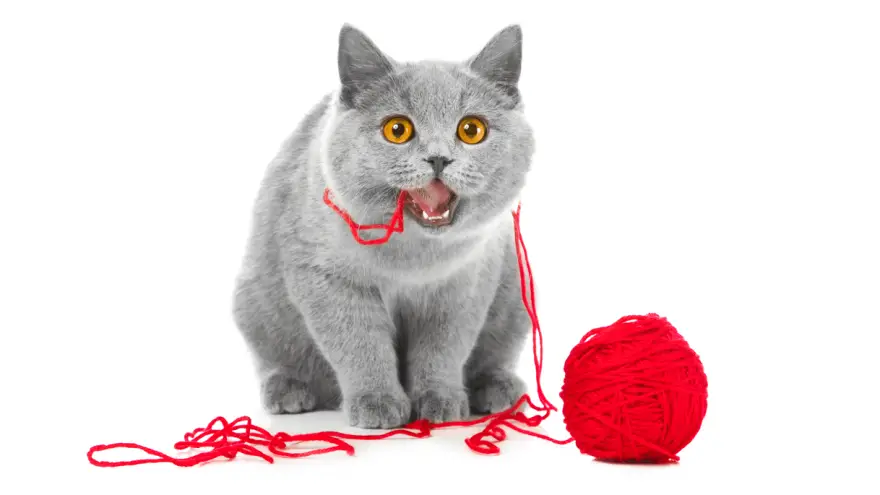
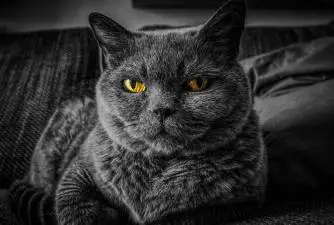
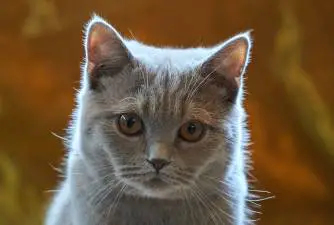



Share